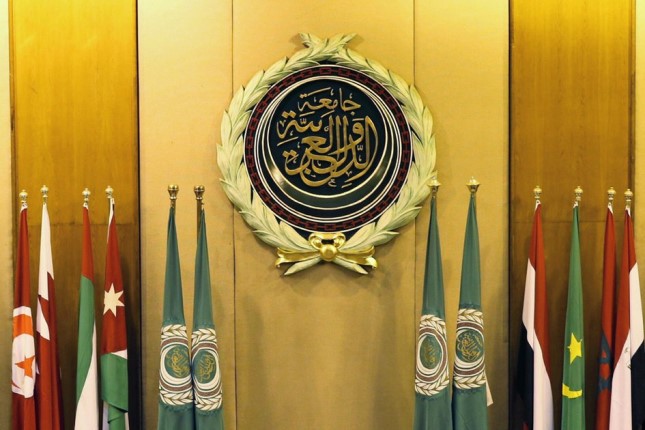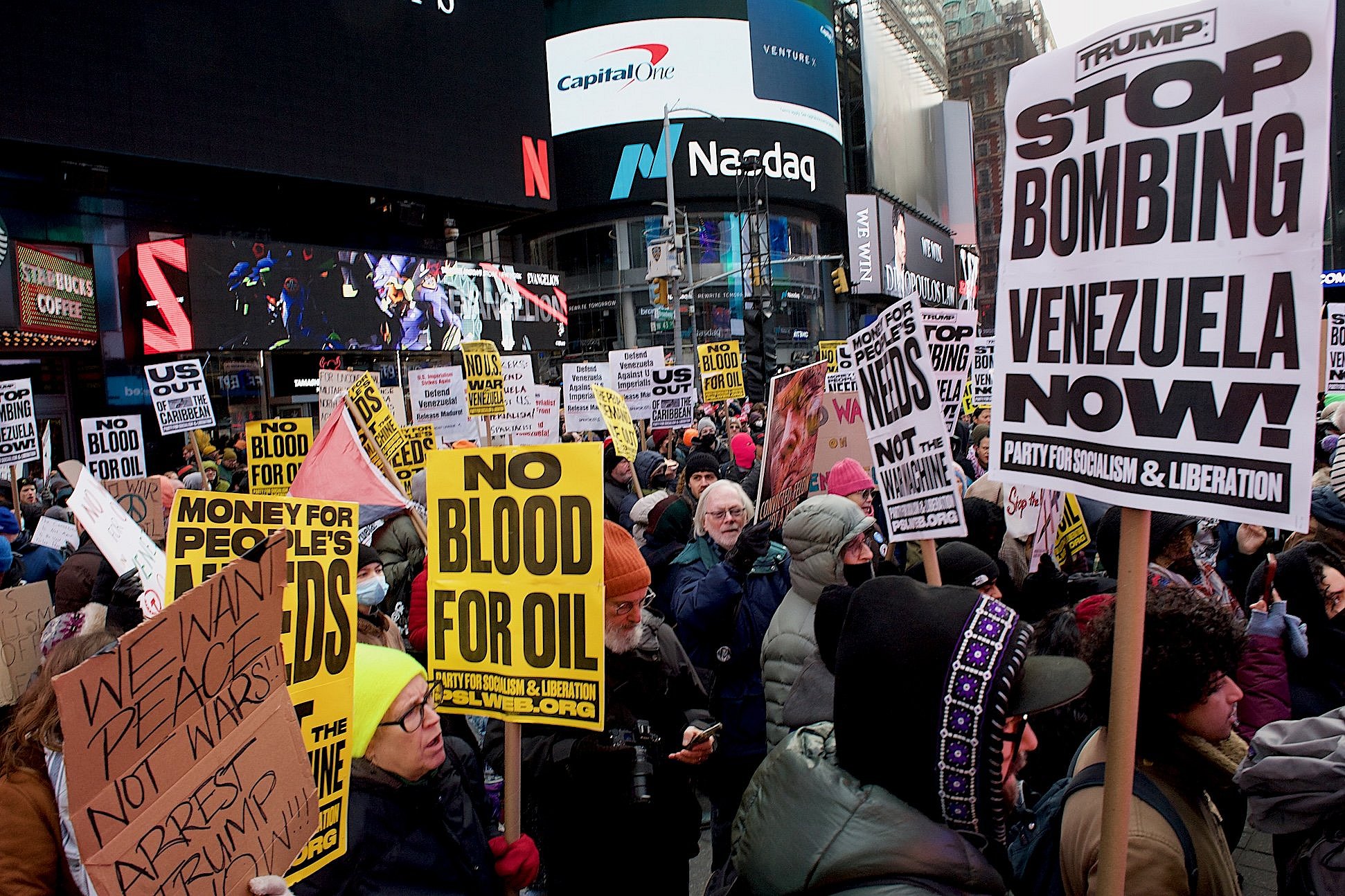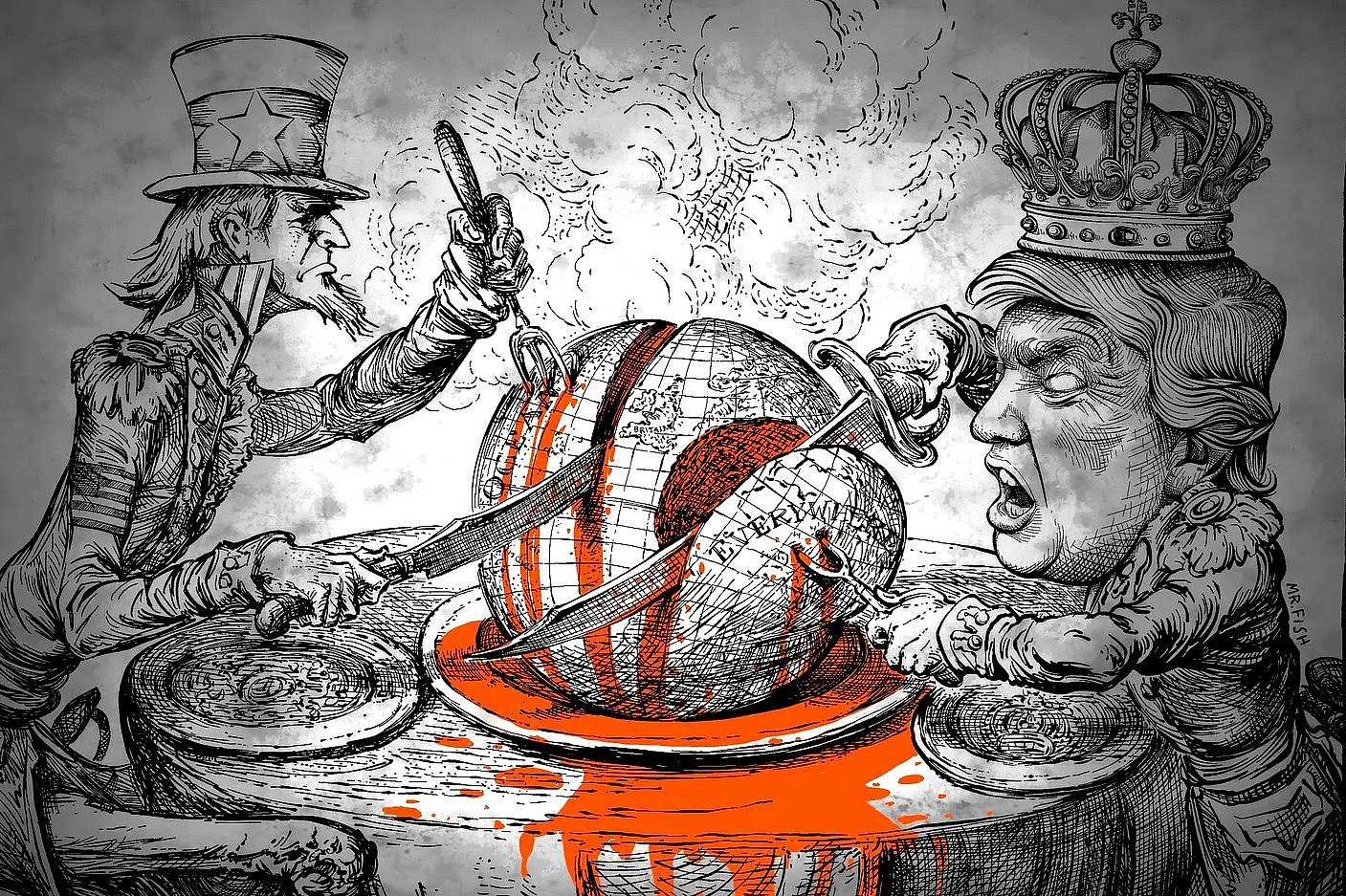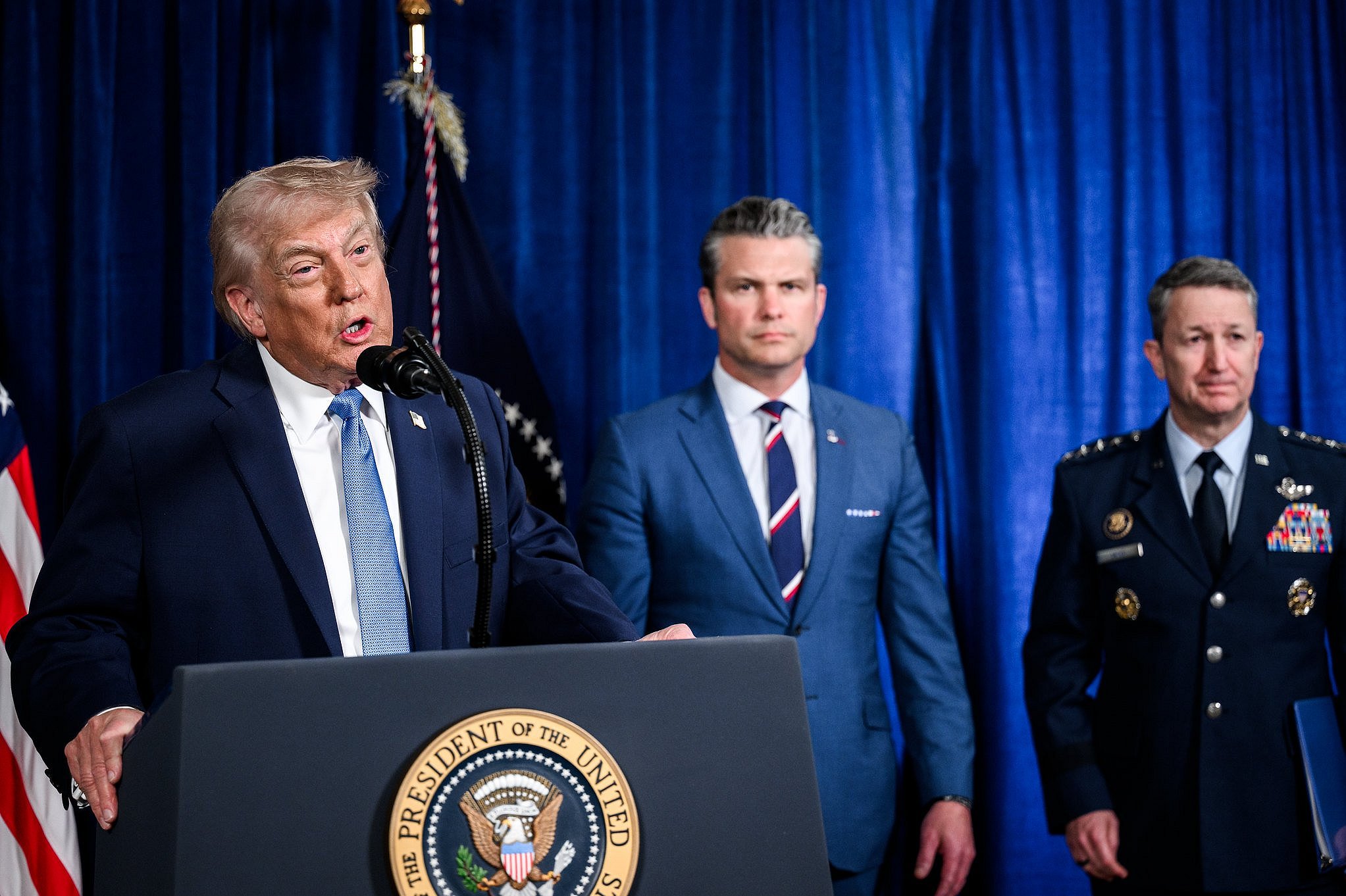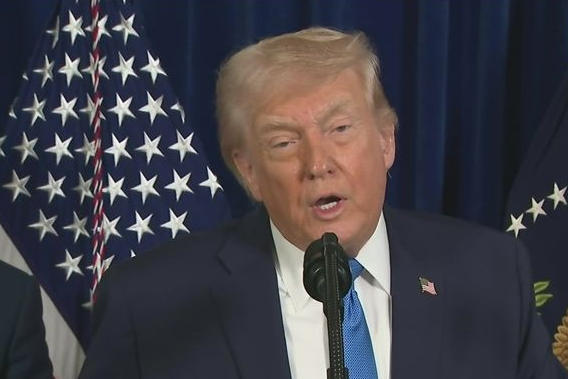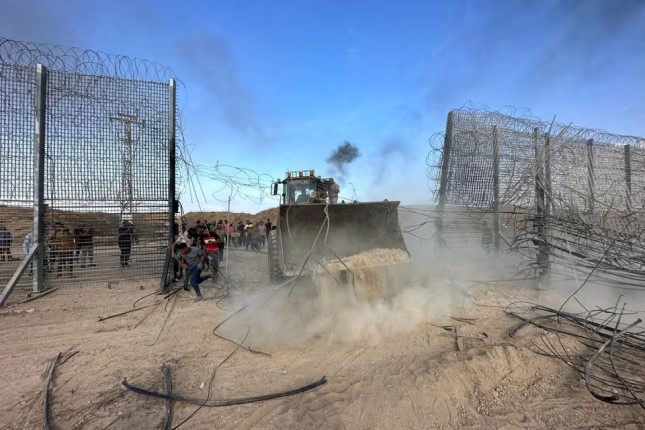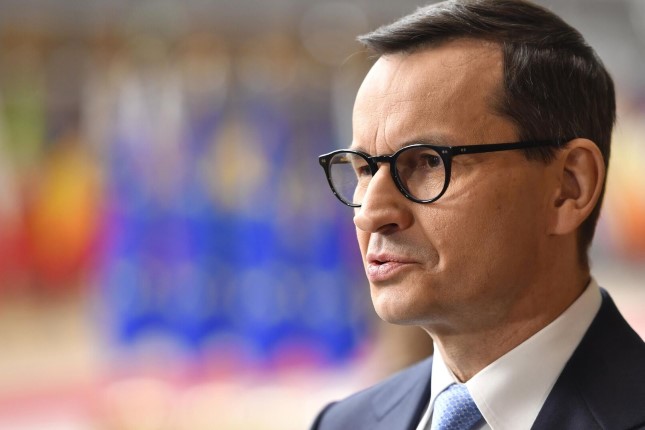The 32nd summit of the League of Arab States (LAS) was recently held in Saudi Arabia. The main outcome of the meeting was Syria's return to the organization, after its membership was suspended in November 2011 at the height of the conflict between Syrian government forces and the armed opposition.
Syria is one of the co-founders of this influential inter-Arab organization and the restoration of its membership is a very strong signal that the Arab world has entered a new stage of its development.
At the LAS summit, a very serious bid was made to restore unity and stability after a more than decade-long crisis period that began with the so-called "Arab Spring" that started in late 2010. The organization is intent on resolving the conflicts in Syria, Lebanon, Yemen, and Sudan, and on searching for ways to resolve the long-standing Israeli-Palestinian conflict.
Syria's return took place against the background of the unprecedented normalization of relations between Saudi Arabia and Iran. Actually, its return was made possibly thanks only to the new quality of relations between Riyadh and Tehran after the signing of the agreement on the restoration of diplomatic relations that took place in Beijing in March with active support from China.
Syria, home to Shiite communities of considerable influence, has drifted towards Iran in recent years. Meanwhile, there was, in effect, a proxy war between Iran and Saudi Arabia going on in Yemen. And finally, the leaders of the Arab world realized that the continued isolation of Damascus is counterproductive and would only increase the potential for conflict in the region, which would in turn pose a threat to the economic development of the Arab world.
According to the World Bank, since 2000, the total GDP at purchasing power parity of Arab countries has doubled, exceeding USD 6 trillion (in 2017 dollars), which is 1 trillion more than the GDP of Japan. In terms of total economic power, the resource-rich Arab world, with a population of 460 million people, ranks fifth after China, the US, the EU, and India. But the Arab countries cannot fully realize their potential, largely because of the wars, conflicts, and political instability tearing the region apart.
The recent LAS summit shows that Arab countries have grown tired of this situation and are ready to shape their own future.
Through the thorns
From the point of view of coordination and the possible integration of the Arab world, Syria is the key country. There was already a United Arab Republic consisting of Egypt and Syria in the late 1950s-early 1960s. In reality, the union only existed for three years, but there were repeated attempts after that to create a larger union, including attempts to forge a triple alliance between Egypt, Syria, and Iraq. Then the confederation of Egypt, Lebanon, and Syria was created.
There were other attempts as well, sometimes with the participation of Yemen, sometimes Sudan, but none of them proved too successful or durable, mainly because of the political confrontations that have traditionally dominated over economic cooperation in the region. However, now the situation is completely different. Arab countries have gained sufficient economic weight, and their economies are already sufficiently developed, complex, and diversified for economic expediency to begin to sideline passing political conflicts.
Another fundamental change is the emergence of an economic, technological, and military-political counterweight to the West in the form of China.
The West – both the US and the traditionally influential France and Britain – are rapidly losing their sway. In fact, the "Arab Spring" project – the creation of a "New Middle East," which was announced by Secretary of State Condoleeza Rice in Tel Aviv in 2006 – was the final note of Western influence in the region. The US directly intervened little in the process, giving the initiative to regional players – who failed in the end.
It is no coincidence that the main victims were the countries that had and have the potential for the civilized unification of the Arab world – Egypt, Lebanon, and Syria.
Therefore, Syria's return to the to the LAS is also a great victory for Egypt – a country without which there can be no sustainable settlement either in Yemen, Sudan, or Lebanon, and for whom Syria is a very important partner.
The future of the Arab world
The Arab countries occupy a unique geo-economic position. They connect the two main maritime trading systems of Afro-Eurasia: the Mediterranean and the Indian Ocean. It was this factor that ensured the fantastic cultural and economic prosperity of the Arab world at one time.
This prosperity was destroyed when the Europeans directly took control of the Mediterranean Sea and destroyed the organic Indian Ocean trade, replacing it with the colonial Europe-Asia trade.
However, today this European system – first colonial and then neocolonial – is in decline. As India and the countries of Southeast Asia and Sub-Saharan Africa rise up (with a total GDP at PPP of USD 4.4 trillion, according to the World Bank), the economic importance of regional trade will only grow.
From the point of view of geo-economic structure, the world is returning to the pre-colonial era. The West no longer has a power monopoly that could prevent this process, or its former absolute economic dominance. Therefore, a new geo-economic reality is inevitable, and in this new reality, the Arab world will have every opportunity to take advantage of its unique position as an Indo-Atlantic trade-civilizational bridge.
